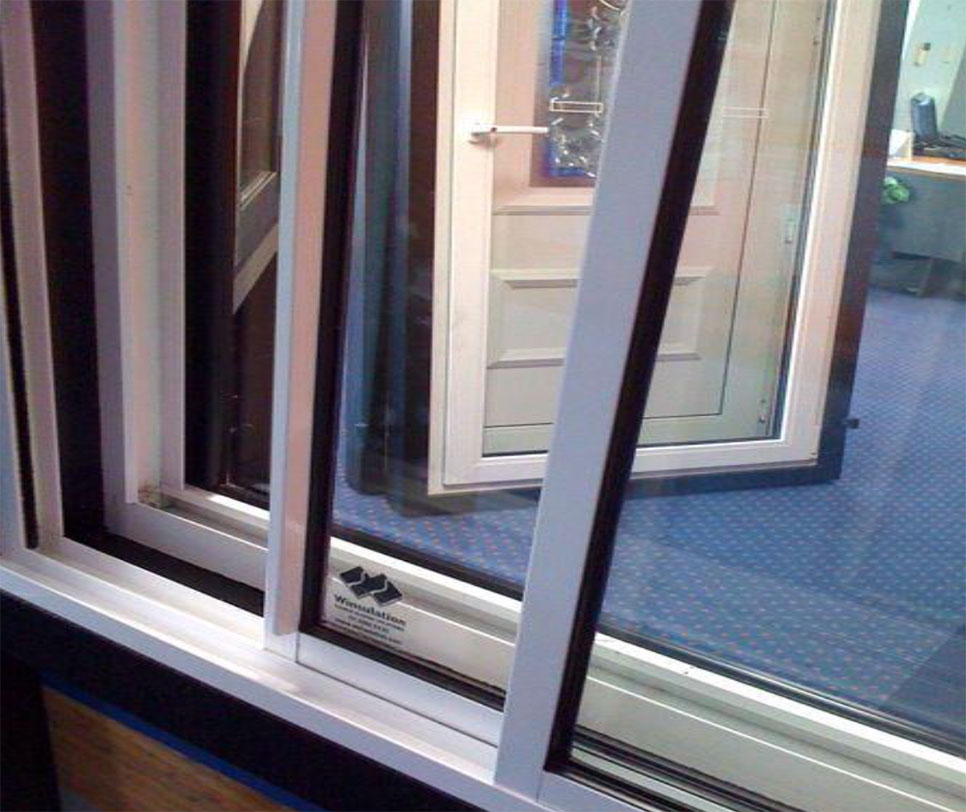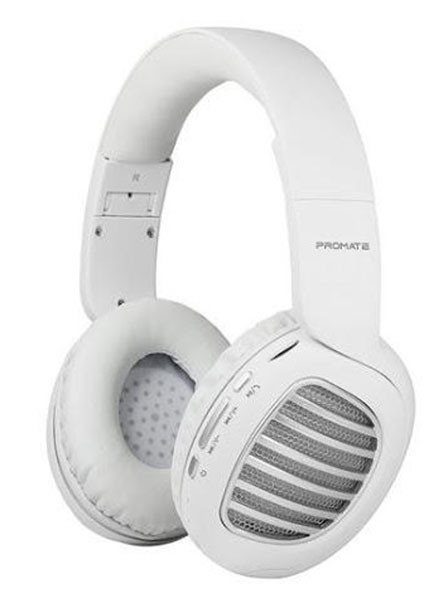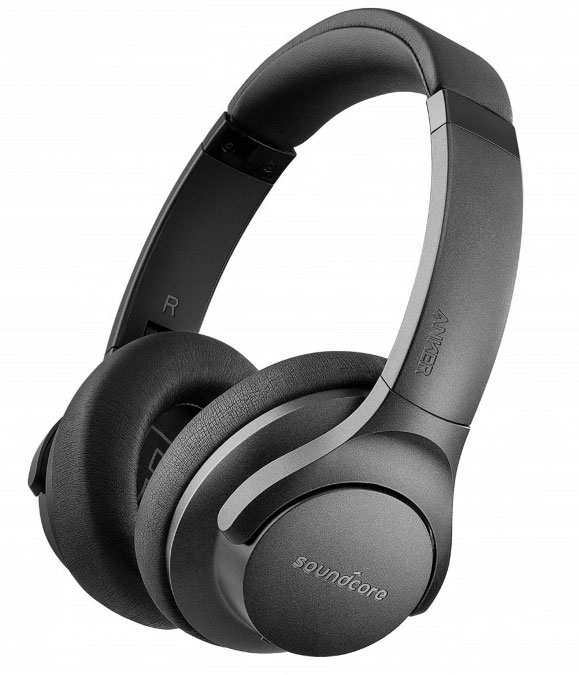Noise pollution affects thousands of people daily. It is an invisible danger. There are many diseases caused due to the excess of noise pollution. People are getting more sensitive, and things are getting louder.
Sound is a waveform of energy. Noise cancellation is one of the significant-tech expressions of today. But firstly you should know what noise cancellation is, and how does it work. There are two types of noise cancellation, and both have significant features.
Noise cancellation technology to make your house soundproof
Working

Noise cancellation technology used to make your home soundproof can block up to 90 to 95 percent of the unwanted noise coming through the windows. Sounds with low frequencies are harder to eliminate than high-frequency sounds.
To reduce the unwanted sounds, you must obstruct the noise and the ear that catch the sound. In homes, you can install roofs, walls, and specific windows that can block the noise waves from entering.
To increase the ability of the window to block sound waves and increase the stability, then you must make the glass thicker and increase the distance between window panes. Always use laminated glass, which is a thick plastic glass that can reduce the noise from entering the house.
Behind your existing window, a new layer of windows is also installed, which reduces the sound-reducing air between the new interior window and the main window. By using this, you can reduce up to 95 percent of noise, and it depends upon the size of the window, location, and type of sound. The Australian double glazing Melbourne windows offer excellent soundproofing solution to homeowners living in Australia.
Cost of Installation
These soundproof system does not come cheap, a 3-foot by 5-foot can cost you around $1000, including the entire installation. The price can vary depending upon the features. A custom-built soundproofing system can cost about $10,000 per window. This cost does not include installation.
You can spend more money if you want to block every possible noise from the outside like ambulance sirens, and thunder sound.
Are they Energy-Efficient?
Energy-efficient windows usually depend upon the gas and low E-coatings between the thermal panes to increase the efficiency and reduce the heat transfer. Sound blocking windows use thick and laminated glass, and extensive air gaps to eliminate the noise from entering.
You can quickly produce a soundproof energy efficient window by including low E-coatings and changing its glass and construction. Australian double gazing Melbourne is a soundproofing company that can help you to eliminate excessive noise coming from outside in your house.
Other Sound Cancellation Solutions
Sound can travel through anywhere; windows are not the only portals for noise to enter your home. Leaks in the window seals, gaps in window frames, and the patch holes around your windows are the primary reasons that make the noise enter your house.
Proper Insulation
Proper insulation should be done on your interior and exterior walls because more insulation leads to less sound. Fabrics also prevent the noise from entering the room, so lay rugs, hang curtains, and purchase fabric-covered furniture to eliminate the sound. Add receptacle boxes, caulk around the light fixtures, and door casings to reduce the noise coming through walls and floors.
Sound Damping Curtains
Sound damping curtains can also help you to eliminate noise pollution. These curtains are made with specific materials that have soundproofing qualities like mass loaded vinyl. It is a quick and straightforward soundproofing solution, but these sound-damping curtains require specialised mounting hardware and are heavy. Heavy drapes can also do the same thing, but they are not as effective as these audio damping inserts, and curtains can be.
Thick Materials Shades or Blinds
You can install thick material blinds or shades to reduce noise levels in your house. You will be pleased to go with this kind of option. The installation is pretty quick and straightforward; you won’t face any trouble while installing them on your windows. You should know that this method does not eliminate the noise, but it will help you to reduce it. You can use this as an addition to some other way of soundproofing. These shades and blinds will also control the amount of light entering your room.
Noise cancellation technology used in headsets/ headphones
Passive Noise Cancellation
It refers to the noise cancellation produced by the headset’s physical features like materials used in making, design, and a superior fit. This determines how much noise can be blocked out in the headphones. You will hear less unwanted ambient sounds if the passive noise cancellation is active, and also you can focus more on the desired soundtrack.

Passive noise cancellation is all about the mechanical, physical, and the design of the headset. The headsets that offer passive noise cancellation are usually expensive because more complicated engineering design is used to create. It is said that 99 percent of the external noise is reduced in these headsets. Nowadays, Passive noise cancellation is also applied in residential homes. People are making their windows soundproof using this technology. People living near a high-traffic area are going to like this feature.
Active Noise Cancellation

It is a method for reducing unwanted ambient noises by using specially designed devices. Active noise cancellation will help you to eliminate unnecessary noise while you are listening to something meaningful.
If you enable active noise cancellation (ANC) on your headset, then it will consume more power and battery. So, you should disable the feature when not in use and save your battery life. It uses the microphone to trap the incoming noise from outside to create such wave frequencies that can eliminate the sound in real-time.
It is that type of noise cancellation that uses powered electronic circuitry to reduce the surrounding noise. A good battery source is required to run an active noise cancellation.
Conclusion
Noise cancellation is rapidly evolving in technology; those mentioned above are some points about how technology changed the techniques of soundproofing. You can reduce a lot of noise pollution by following such methods and tips.


